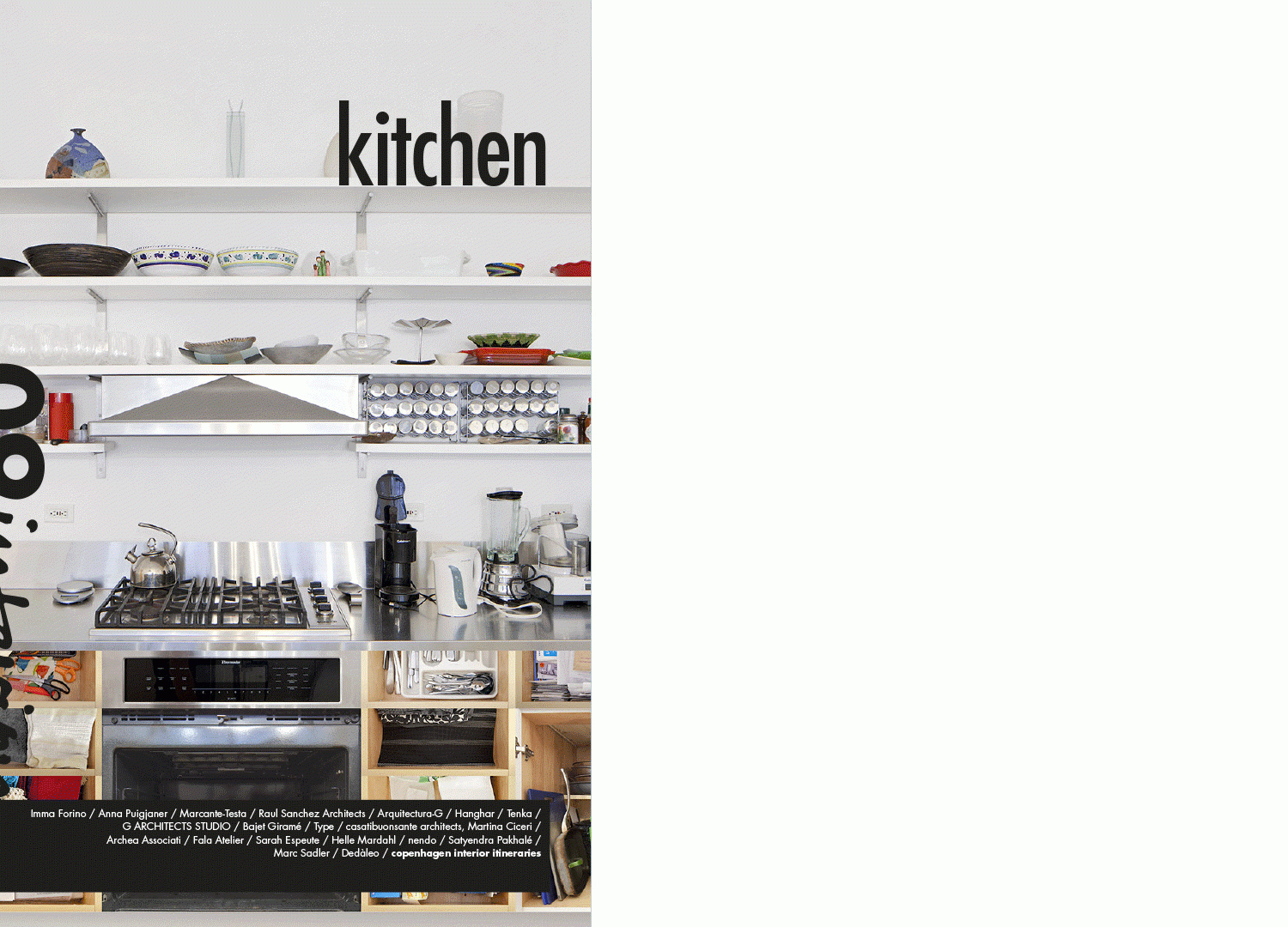
Regardless of its size and characteristics, the kitchen defines the domesticity of any habitable space, making it effectively a “home”.
Effectively, if the bedroom and bath are the primary elements of any privacy, all the way to the extreme defined by the hotel suite, it is the addition of a specific space for the conservation, preparation and consumption of food that qualifies any sort of dwelling as “residential”. Having confirmed the centrality of the kitchen with respect to the home, it is necessary to divide the theme between the socio-economic conditions that define its characteristics and the primary activity to which it is assigned, i.e. the preparation of meals. Whether the zone of conservation, preparation and cleanup is a simple unit located in a corner of a one-room studio or a separate room devoted to the coming together of the family unit – thus including the dining space – the activity of food preparation and all the activities surrounding this daily ritual are what define it.
It is important to note that in more densely populated urban areas where, by effect of the gap between income and the cost of living over the years, the same amount of money buys a smaller and more fragmentary amount of space, we have seen a gradual reduction of the convivial areas, such as the kitchen, with the expulsion from the domestic space of all those activities that could be done outside the home, like eating, studying, working, meeting friends, until we found ourselves living with that horrid neologism, the “kitchenette“.
The recent pandemic abruptly and painfully illustrated how dangerous this trend could be to human life, and how important it was for the space in which we live to allow us to perform at home most of the activities that we used to imagine as necessarily externalized, starting with smart working.
It also became clear how eating is an essential element of our quality of life, both from the standpoint of health and physical wellbeing, and from that of socialization and the pleasure of living, so that the kitchen has once again taken on that role of centrality – of the domestic hearth – that has always had a place in our memory. While in the Anglo-Saxon world, every new apartment is equipped with a kitchen, seen as an essential accessory,
in the Mediterranean environment, considering the importance of the value of the ritual of “eating”, the equipment has to be chosen to measure, and it is just on this room that the first step in home furnishing is concentrated. However, following the changes in behavior observed above, while in the earlier decades the kitchen had taken on the aspect of certain living room furniture, often inexpressive and minimal, now we tend more to exalt
and display the activity of preparation performed there, tending to turn every one of us into a neophyte master chef.
Download cover
Download table of contents
Download introduction of Marco Casamonti


